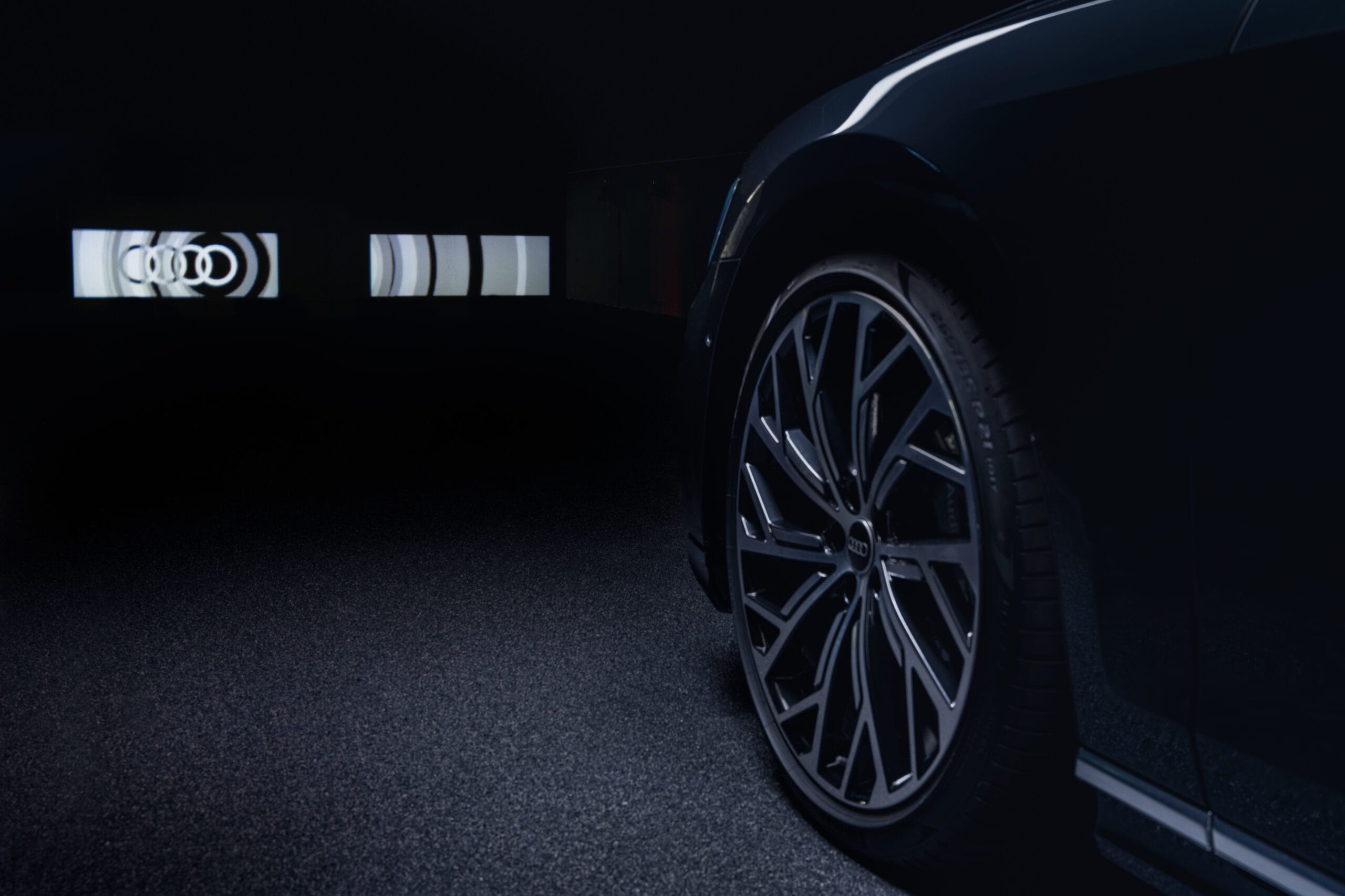A proper calibration station is the foundation of accurate advanced driver assistance system repairs. A well-designed space ensures that cameras, radar and other sensors are aligned perfectly and that calibrations meet manufacturer specifications.
Here are some steps to set up your calibration station:
- Choose a level, spacious area – The AAAA ADAS Industry Code of Conduct recommends a flat floor free of ramps or irregularities. Ensure there is enough room around the vehicle for targets and equipment.
- Control the lighting – Bright sunlight or glare can interfere with cameras. Use diffused lighting or curtains to create even illumination. Avoid reflective surfaces near the calibration area.
- Clear clutter and metallic objects – Remove toolboxes, lifts and metal items that could reflect radar signals or obstruct targets. Keep the area clean and organised.
- Invest in alignment equipment – A wheel alignment rack or a four-post lift helps ensure the vehicle sits level. Some calibrations require the suspension to be loaded as it would be on the road.
- Prepare the necessary tools – Stock camera calibration boards, radar reflectors, lasers, plumb bobs, tape measures and wheel chocks. Keep them in good condition and stored neatly.
- Ensure power and connectivity – You’ll need reliable power for laptops and scan tools and stable internet access for software updates and remote support.
- Provide safety gear – Equip your station with personal protective equipment, such as gloves, safety glasses and high-visibility vests. Mark out safe walkways and keep the floor dry.
- Train your team – Make sure technicians understand how to set up targets, measure distances and follow the manufacturer’s calibration procedures. Regular training keeps skills up to date.
- Document and maintain – Keep records of calibrations performed, equipment maintenance and any environmental measurements. Documenting your process helps demonstrate compliance and aids troubleshooting.
- Review and improve – Periodically assess your calibration station and processes. As ADAS technology evolves, update your equipment and procedures to meet new requirements.
With a dedicated, well-equipped calibration station, you’ll be ready to perform accurate ADAS calibrations that meet manufacturer and AAAA Code standards. Visit the Calibration Club for more tips on optimising your workshop.

Hiran Alwis is an automotive lecturer and ADAS specialist with over 15 years of experience in diagnostics, advanced safety systems, and technical training. He founded ADAS Project to help everyday drivers and workshop technicians understand and safely use advanced driver assistance systems.

